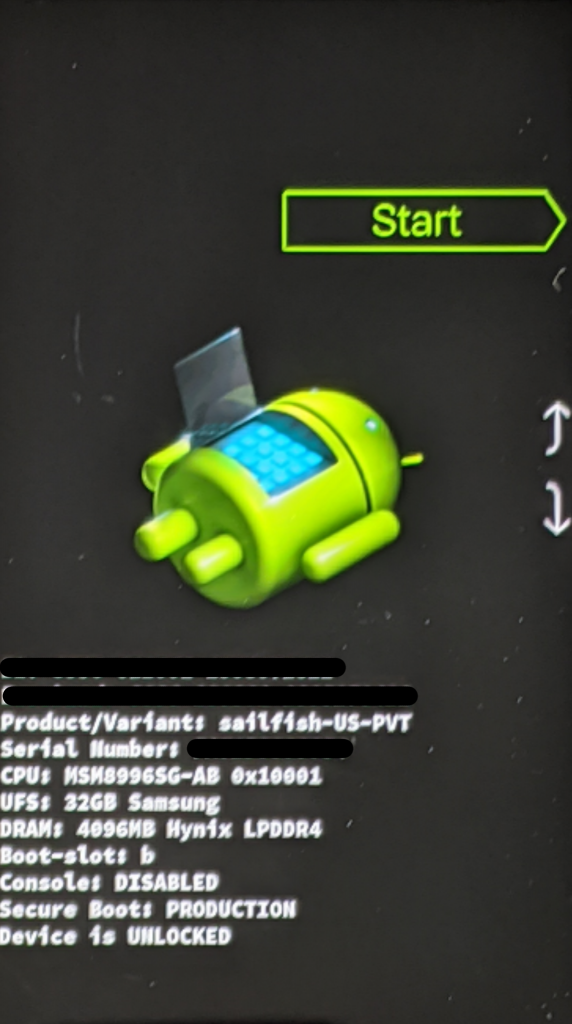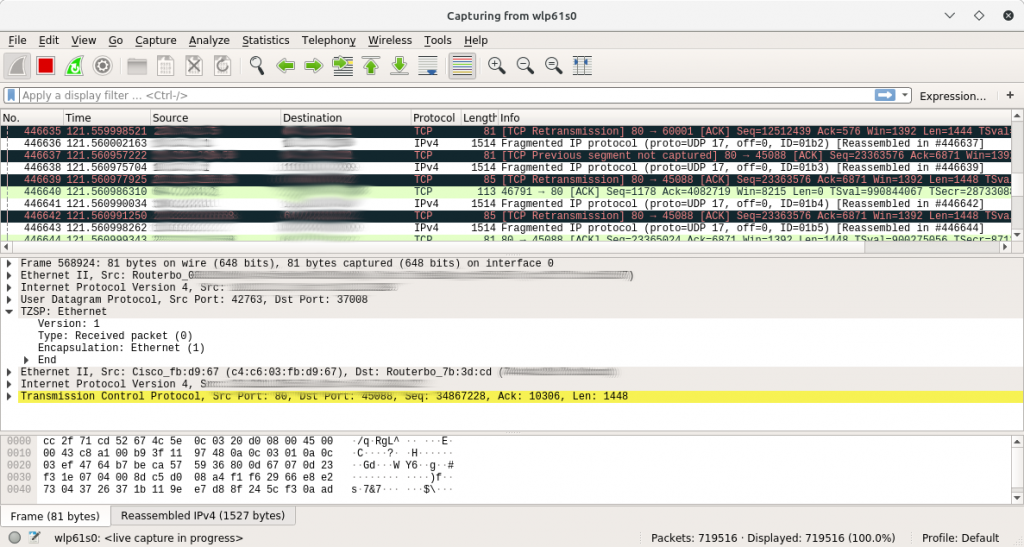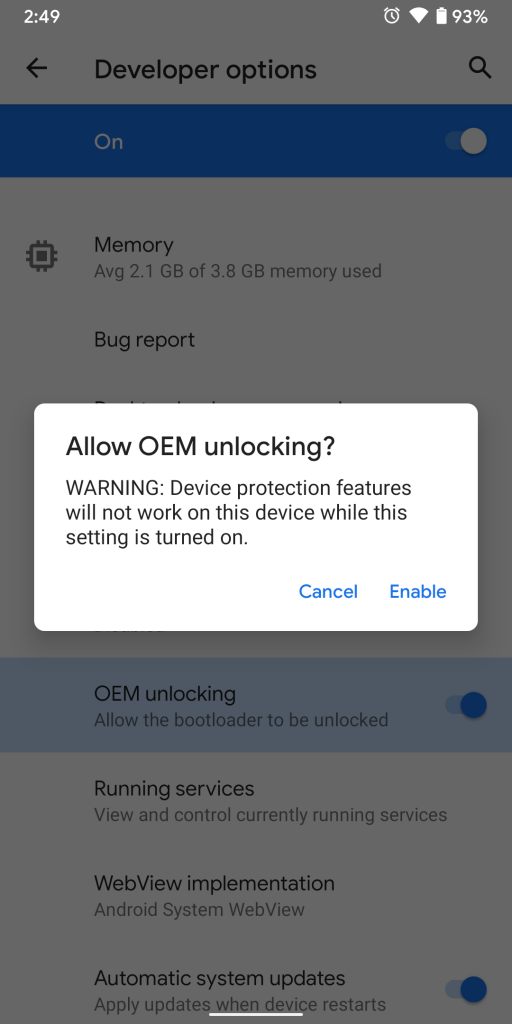Instructions followed from here. Some changes were made
Commands work on Ubuntu 16.04
Install Docker
sudo apt install -y docker docker.io systemctl enable docker systemctl start docker
Install UniFi
sudo docker pull jacobalberty/unifi:latest
Setup Docker Image
The following command sets up a container which we can later manipulate to start and stop the “service”
You can specify where you want the UniFi files to reside if desired.
sudo docker run -d --init --restart=unless-stopped --name=unifi-controller --net=host --volume=/docker/unifi:/var/lib/unifi -p 8080:8080/tcp -p 8081:8081/tcp -p 8443:8443/tcp -p 8843:8843/tcp -p 8880:8880/tcp -p 8883:8883/tcp -p 3478:3478/udp jacobalberty/unifi:latest
Docker commands
List docker containers
sudo docker container list 367c7a1465ec jacobalberty/unifi:latest "/usr/loca/bin/dock…" 15 minutes ago Up 14 minutes (healthy) unifi-controller
List docker images on system
sudo docker images
jacobalberty/unifi latest baebbe301633 9 days ago 711MB
Stop container. Also stops the UniFi service. Change the ID to your container ID.
sudo docker stop 367c7a1465ec
Other notes
When setting up the Docker image, the directory specified was “/docker/unifi” so all the UniFi files are in there and it looks like if you manipulate the files, it makes the changes fine. At least for setting up the SSL certificates.








